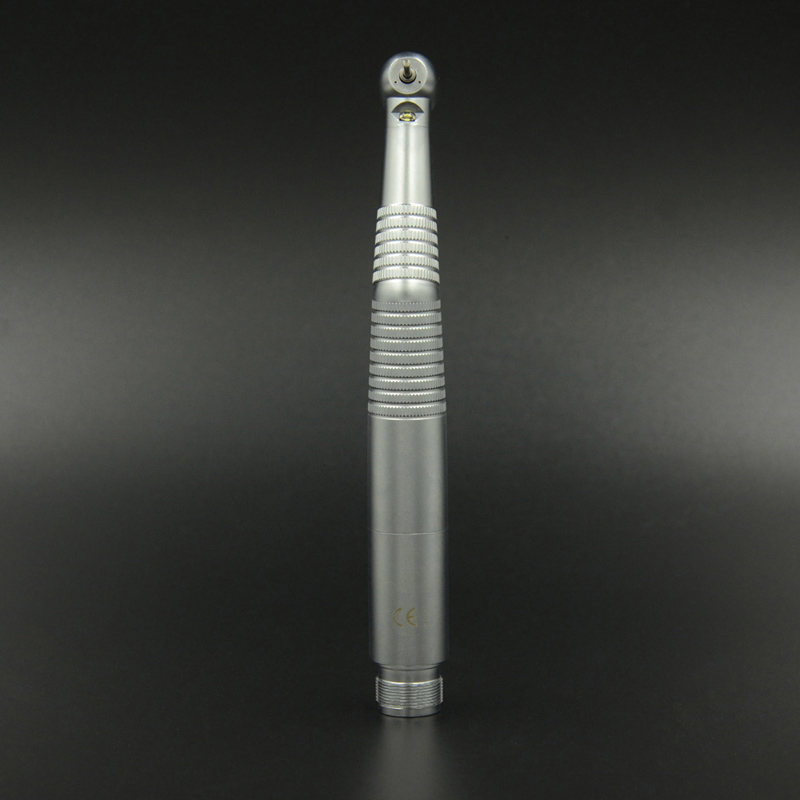
Nowadays, There Are Normal And Deep Teeth Cleaning. Is Deep Cleaning A Flicker Or Real?
On the Internet, someone asked such a question-
Nowadays, cleaning is divided into normal and deep, ordinary 200 yuan, deep 3,000 yuan, is deep cleaning flicker or real?
I got a toothache. I went to the hospital to see a doctor yesterday. The doctor advised me to wash my teeth. He said that there are normal and deep teeth cleaning, more than 200 ordinary and 3000 deep.
Me: What does depth mean?
He said that the depth is to wash into the root of the tooth to wash away the bacteria in the tooth, so as to better protect other intact teeth. Ordinary tooth cleaning is to wash on the epidermis.
Have you ever encountered deep teeth cleaning? Is it really 3,000 yuan?
What is going on here?
In most people’s minds, tooth cleaning is to clean the dirt on the surface of the teeth. In fact, it is only part of the tooth cleaning.
Teeth washing is divided into supra-gingival cleansing and subgingival scraping. What we usually say is supra-gingival cleansing. For some people, this can help them solve the problem, but for some patients, Supragingal cleansing is only not enough for them to complete oral cleansing.
This requires subgingival scraping. Deep cleaning refers to subgingival scraping, cleaning up the tartar under the gums, many of which are attached to the root of the tooth, which is particularly stubborn, but the operation space at the root is limited. In addition to ultrasonic scraping, some cannot be cleaned off, and manual scraping is required. . Since the gums are inflamed, it is easy to cause bleeding when cleaning teeth, and the pain is very strong, so you must first use anesthetics.
What is the difference between “deep cleaning” and ordinary cleaning?
The former can also be called subgingival scaling and periodontal scaling. Compared with ordinary tooth cleaning, it can remove stones and plaque below the gums.
The instrument used is also different from ordinary tooth cleaning, because it needs to go deep under the gums, so its working tip is relatively round to reduce the irritation to the gums. Usually it cannot be done at once, and the whole mouth needs to be divided into several sections to complete the treatment in sequence. Painful teeth require local anesthesia.

Who needs to do “deep teeth cleaning”?
First of all, a term in popular science-loss of attachment.
Attachment loss is the result of the destruction of periodontal supporting tissues and is an important sign that distinguishes gingivitis from periodontitis.
Its degree can be described by combining the distance from the epithelial crown to the enamel cementum boundary, usually by using periodontal probes or ordinary dental probes to extend into the gingival sulcus with a force of 20-25g. When there is periodontitis And when treatment is not possible, the connective tissue adhesion is reduced, the probing depth exceeds 3mm, the probe can feel the enamel-cementum boundary and the bottom of the bag is located at the root of the enamel-cementum boundary.
In other words, people who do “deep cleansing” are all patients with periodontal disease. In patients with periodontal disease, the subgingival calculi are deeper. If you want to clean it, you must rely on periodontal curettage, which can be done with specific equipment. Ordinary tooth cleaning can no longer clean it.
People who do not suffer from periodontitis can completely remove the stones by ordinary tooth cleaning. Even if there are stones distributed under the gums, they can be removed together with the stones on the gums. There is no need to spend ten times the price for subgingival scraping.
Why is subgingival scraping more expensive than tooth cleaning?
- Because the scraping is divided into two scrapings, each scraping only scrapes one side, and several places are anesthetized up and down. Ultrasonic scraping is performed on 6 positions on the outside and inside of each tooth. The root surface is then scraped by hand, thoroughly. Remove the calculus until it is flat and smooth.
- The time of scraping is related to periodontitis. If the periodontal pocket is shallow, it will disappear after scraping. It takes about half an hour on one side, and more than 45 minutes in severe cases. You have to scrape the other side after a certain period of time. The process of scraping deep under the gums is very delicate.
How is subgingival curettage performed?
- Generally, the teeth will be washed first to remove the calculus on the gums. The inflammation will subside, and then return to the clinic after a week. If the depth of the periodontal pocket is more than 3 mm, subgingival scraping must be used. Ultrasonic curette and manual curette.
- To completely remove the tartar, as a basic periodontal treatment, if you encounter severe periodontitis, the periodontal pocket will be deeper, and even the curettage can not reduce the swelling, indicating that the bacterial toxins have increased and the granulation tissue has been infected. Do periodontal flap surgery.
Subgingival scraping is much more difficult than washing teeth. If it is not done, periodontitis will not be controlled, which will cause premature tooth loss.
Shop quality dental handpieces with low price and free shipping all over the world.





